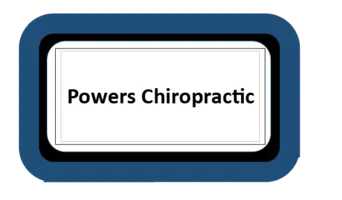As with much in life that we take for granted, we are not usually concerned with the mechanisms of how our bodies work and how they do what they do. Such knowledge is not required for use of these magnificent machines that have been freely given to us. But just as a wise consumer will care for her or his car in terms of regular scheduled maintenance, our bodies require ongoing attention in order to maintain proper function. The shoulder joint, in particular, requires such proper care.
The shoulder has the greatest range of motion of any joint in the human body. The shoulder is capable of 360º of mobility from front to back (the sagittal plane), 360º of mobility in the frontal plane, and 180º of mobility to the right and the left (horizontal plane). Taken together, these optimal ranges are termed circumduction. But the shoulder's remarkable capabilities come at a price. The shoulder girdle is the least stable joint structure and is readily subject to sprains (of the acromioclavicular joint) and dislocation injuries (of the glenohumeral joint). Additionally, the rotator cuff, the group of muscles that protect the shoulder girdle and move the shoulder joints through three-dimensional space, is commonly injured, owing to the substantial mechanical stresses involved in such extensive motion.1
We can help prevent such injuries by engaging in regular physical exercise such as yoga and strength training. These activities place weightbearing loads on the shoulder, progressively training the muscles, tendons, and nerves that supply the shoulder joint structures to handle mechanical stresses.2,3 As a result of such training, when called upon to manage the shock of an unusual mechanical force, the shoulder will be able to respond effectively while likely preventing injury.
The choice of yoga versus strength training is not mutually exclusive. Many people will enjoy taking one yoga class per week and doing two strength training sessions per week. For persons taking yoga class, the two strength training sessions could focus on (1) the chest and back and (2) the shoulders and arms. Almost every yoga exercise involves weightbearing loads on the arms. Regarding strength training, a representative shoulder program includes seated dumbbell or barbell press (for the entire shoulder girdle), standing lateral raise (for the middle deltoids), and seated bent-over raise (for the rear deltoids). If you're doing yoga, strength training sessions for the legs may not be necessary. Of course, a complete exercise program includes specific cardiovascular exercise such as walking, swimming, bicycling, or running.
It may not be possible to prevent every shoulder injury. Engaging in a regular program of vigorous exercise, including yoga, strength training, and cardiovascular exercise, is the best means of ensuring optimal biomechanical health and wellness and the best overall method for preventing injury.
Sources
1Camargo PR, et al: Eccentric training as a new approach for rotator cuff tendinopathy: Review and perspectives. World J Orthop 5(5):634-644, 2014
2Miller RM, et al: Effects of exercise therapy for the treatment of symptomatic full-thickness supraspinatus tears on in vivo glenohumeral kinematics. J Shoulder Elbow Surg 2015 Nov 24. pii: S1058-2746(15)00485-1
3Awad A, et al: Effect of shoulder girdle strengthening on trunk alignment in patients with stroke. J Phys Ther Sci 27(7):2195-2200, 2015
